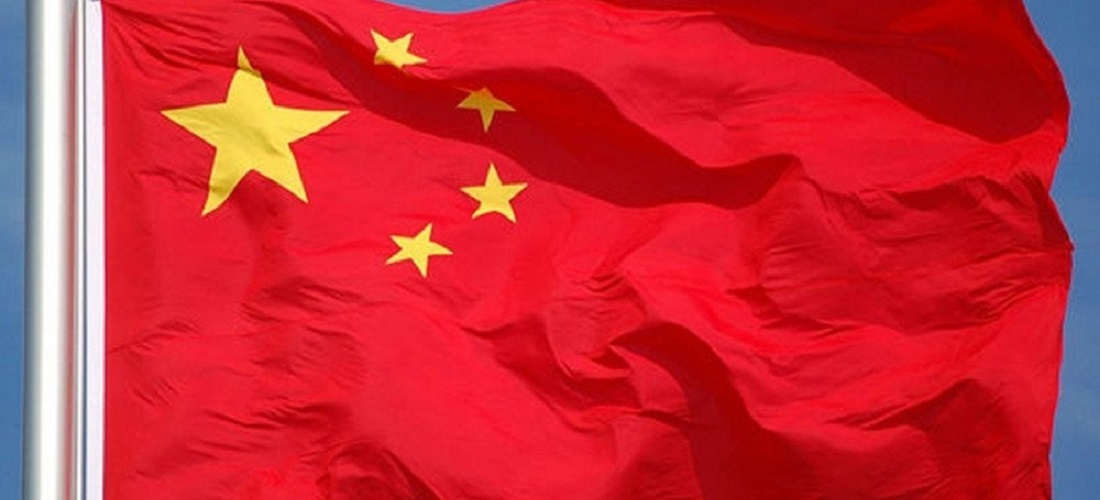
Slow-paced Chinese economy threatens commodity market though global risks might be milder
Feb, 08, 2022 Posted by Gabriel MalheirosWeek 202206
A prolonged slowdown in the growth of the Chinese economy could affect some multinational companies and commodity producers in the coming years, weighing on the global recovery but probably without derailing it completely.
The slowing Chinese economy, which accounts for roughly 15% of global trade and 25% of projected global economic growth in the five years to 2026, is already weighing on commodity prices such as iron ore. However, one potential benefit of this slowdown could be reducing global inflationary tendencies.
After initially leading the world out of recession in late 2020 and early 2021, the Chinese economy has lost steam in recent times. Government measures to cool the overheated real estate market impacted construction activities. Factories suffered from temporary power outages, caused in part by government measures to reduce carbon emissions. Consumption growth has been weak, held back by the social restrictions of China’s strict “zero covid” policy and a low increase in consumer income.
According to the International Monetary Fund (IMF), the world’s second-largest economy will grow by 4.8% in 2022 and 5.2% in 2023. These are well below the average annual expansion of around 8% observed between 2014 and 2019.
Moreover, according to the IMF, global economic growth will slow from 5.9% to 4.4% in 2022, partly due to reduced US stimulus and the Chinese slowdown. Nonetheless, global growth will be higher than it was before the pandemic.
Louis Kuijs, former head of Asian economics at Oxford Economics, says one of the biggest impacts of China’s slowdown will be commodity producers, especially emerging markets that rely on Chinese demand.
While some metal prices, such as nickel and aluminum, have remained high due to limited supply and strong demand for goods such as electric vehicles, the price of iron ore, which China primarily imports from Australia and Brazil, has dropped by more than half since mid-July.
See below the five most exported products from Brazil to China in 2021. The data are from DataLiner.
Top 5 Brazilian exports to China | Jan to Dec 2021 | WTMT
Fonte: DataLiner (clique aqui para solicitar demo)
On the upside, analysts believe that the world has one less inflationary engine with a slower-paced China. But on the other hand, if China’s economy overheats, it will put additional pressure on supply chains, unable to meet the Western demand for chips and other goods.
However, China’s role in lowering inflation is not guaranteed. Any further spread of the omicron variant, which has already been detected in several Chinese cities, could result in more lockdowns and higher prices for Chinese exports. According to the Organization for Economic Cooperation and Development (OECD), a 10% increase in Chinese export prices due to supply issues could reduce global growth by 0.7 percentage points.
Source: Valor Econômico
To read the full original article, please see the link:
-
Other Cargo
Jul, 21, 2022
0
Rising exports do not prevent USD 18.1bn deficit in the electronics industry
-
Economy
Mar, 11, 2022
0
Three provinces concentrate 74% of Argentina’s exports
-
Other Cargo
Jul, 12, 2024
0
Brazil expands global reach with new export authorizations to Australia and Cuba
-
Other Logistics
Aug, 01, 2024
0
Tietê-Paraná waterway sees 5.8% surge in cargo transport amid infrastructure upgrades



